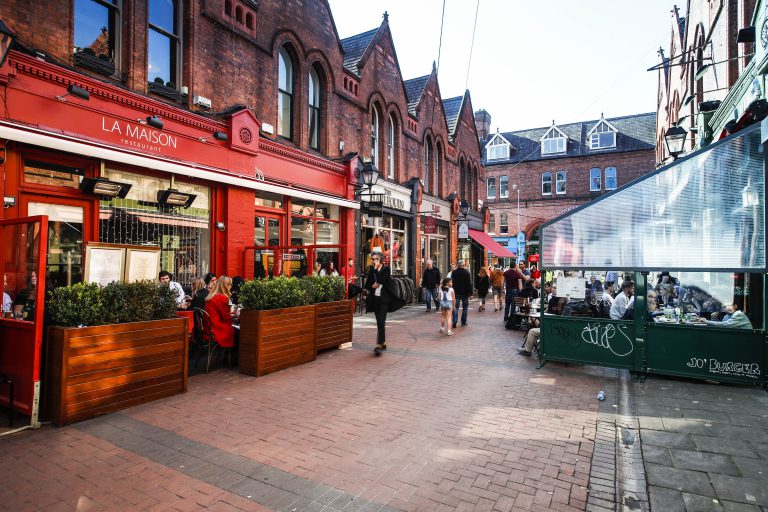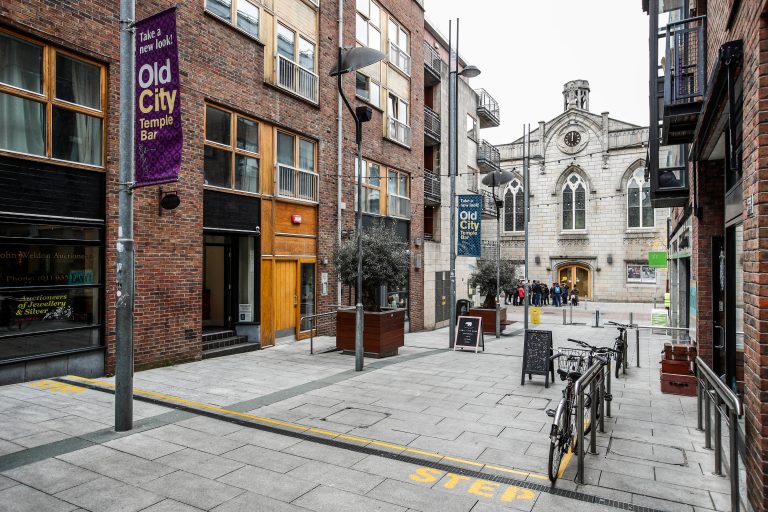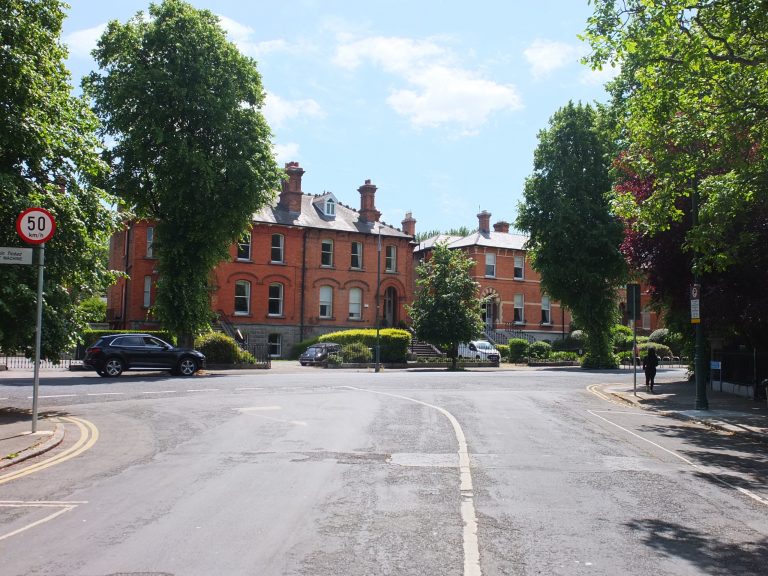St Anne’s Park has 12 garden follies.
- St. Anne’s Well (Medieval)
- Roman Tower ‘Tomb of Julii’
- Annie Lee Bridge
- Herculanean Temple
- Yew Circle (Yew Circle and Fountain)
- Ornamental bridge / hermit’s cave (Bridge & Hermitage)
- Rustic Hermits Cave and Footbridge (Rustic Grotto – Cave)
- Arch (Rustic archway & bridge)
- Four-sided arched gateway axial to rear of former house (Rustic Grotto – Archways)
- Rockwork feature
- Boat House
- Shell House / Dogs Graveyard
The follies were built by the Guinness family. The first folly to be built was Annie Lee Bridge, which commemorated the birth of Benjamin Lee Guinness’s daughter in 1837. The rest followed during the 1850’s and 60’s.
Most of the follies follow the course of the Naniken River which runs through the park, the rest can be found along an oak-lined avenue.
The condition of the follies deteriorated over the years. In 2016 Dublin City Council started conservation works to preserve the follies for generations to come. The works involved stopping decay, cleaning, clearing vegetation, removing graffiti and protecting the structures from future vandalism. Some of the follies also received new railings.
Red Stables were designed by George Ashlin, an architect renowned for his work on religious buildings, like Cobh Cathedral.
The Stables are in the Victorian Sussex style, laid out in a courtyard format, with the stabling on the south-east and south-west sides of the courtyard, and the coach house area on the north-eastern side of the courtyard. The Stables got their name from the Portmarnock red brick they were made from.




